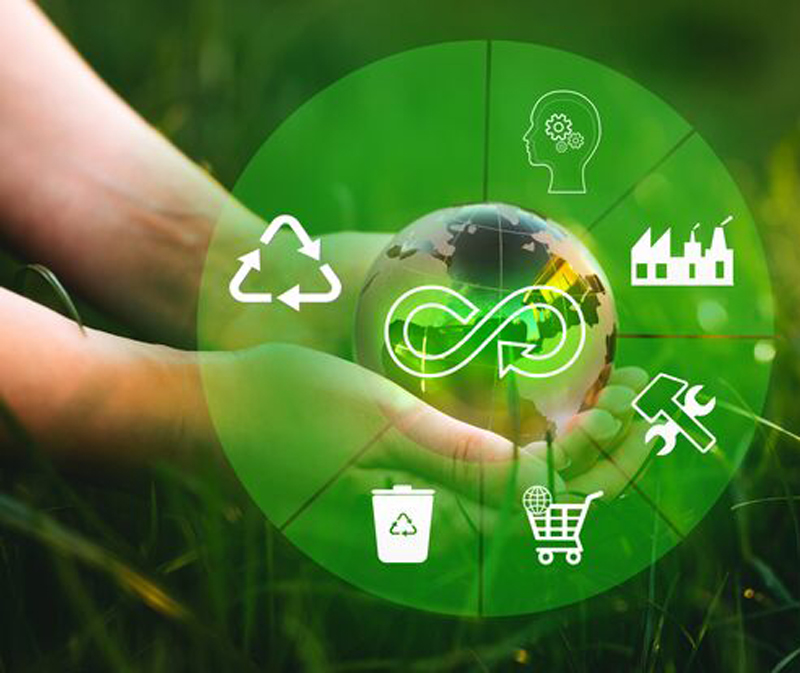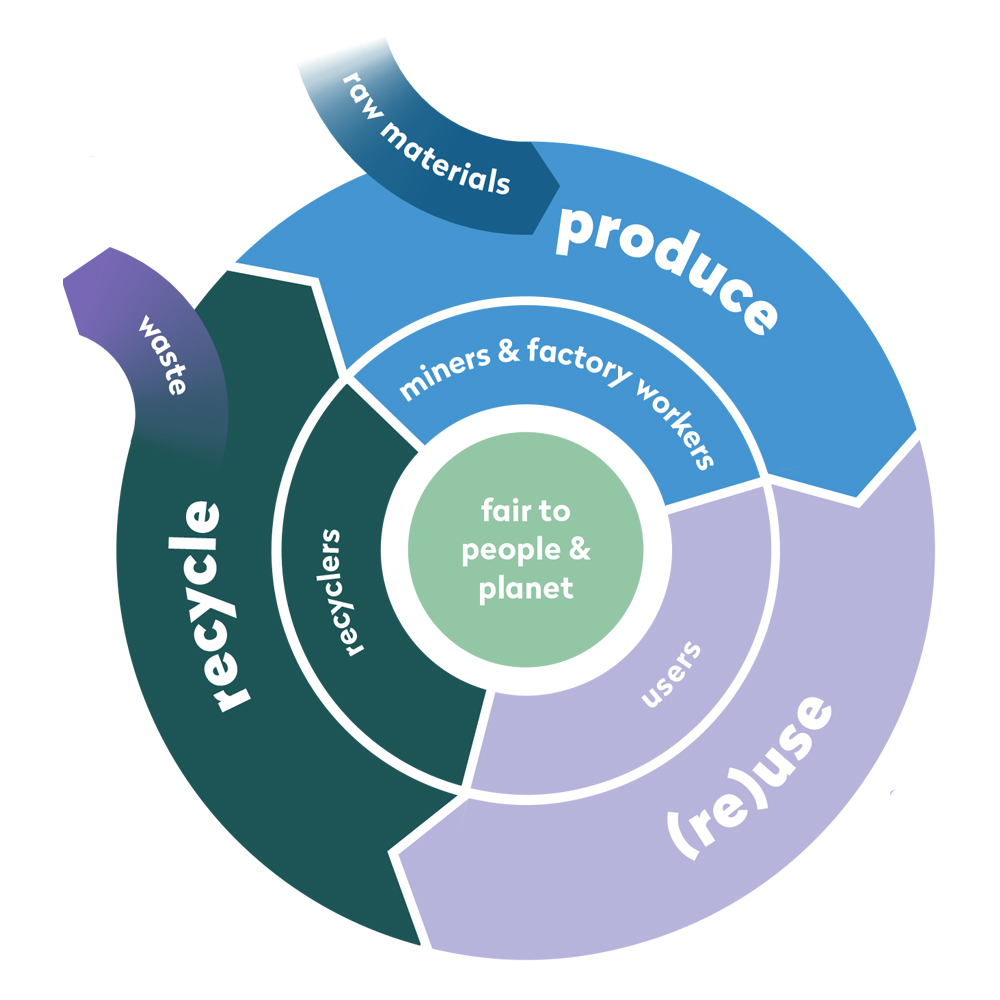Recycling and Circular Economy Materials
In a world increasingly aware of environmental challenges, the concepts of recycling and the circular economy have emerged as key strategies for promoting sustainability. At the heart of these approaches lies the goal of minimizing waste, conserving resources, and rethinking how materials are used throughout their life cycle. Rather than following the traditional linear model of “take-make-dispose,” the circular economy emphasizes a regenerative system in which products and materials are kept in use for as long as possible, through reuse, refurbishment, and recycling.
Recycling: Giving Materials a Second Life
Recycling is the process of collecting, processing, and converting waste materials into new products. It helps reduce the need for extracting raw materials, thereby lowering energy consumption, greenhouse gas emissions, and environmental degradation. Common materials that are widely recycled include:
Metals: Aluminum, steel, and copper are highly recyclable without losing quality. Recycling metals saves significant amounts of energy compared to mining and refining new ores.
Plastics: While more complex due to the diversity of plastic types, many plastics can be recycled into new containers, textiles, or construction materials. Innovations like chemical recycling are expanding possibilities.
Paper and Cardboard: These materials are easily recycled and can be reprocessed into new paper products multiple times before the fibers degrade.
Glass: Fully recyclable without quality loss, glass can be melted and reformed indefinitely.
Electronic Waste (e-waste): Recycling electronics allows recovery of valuable metals like gold, silver, and rare earth elements.
Recycling plays a vital role in waste management, but it’s just one component of a broader circular strategy.
Circular Economy: A Holistic Approach
The circular economy is a systemic approach to economic development designed to benefit businesses, society, and the environment. It aims to design out waste and pollution, keep products and materials in use, and regenerate natural systems. In this model, materials are viewed not as disposable but as valuable assets to be cycled repeatedly through the economy.
Circular economy materials can be categorized based on how they contribute to the cycle:
Renewable Materials: These include bioplastics, bamboo, and other materials sourced sustainably from nature. They can be regenerated over time and often biodegrade more easily.
Recycled Materials: These are materials that have gone through a recycling process and are reintroduced into the manufacturing cycle, reducing demand for virgin resources.
Durable and Modular Materials: Products designed for longevity, easy repair, or modular upgrades promote extended use and reduce the need for full replacement.
Biodegradable and Compostable Materials: These are used in applications where materials cannot be collected and recycled, offering an environmentally friendly end-of-life option.

Examples of Circular Economy in Action
Clothing and Textiles: Companies are turning to recycled fibers and closed-loop systems to recover textiles and re-spin them into new garments.
Packaging: Brands are adopting reusable packaging systems and using recycled content in containers.
Construction: Reclaimed wood, recycled concrete, and modular building systems help reduce waste and resource use in construction.
Electronics: Modular phones and computers that allow component replacement extend product life and facilitate material recovery.
Benefits and Challenges
The shift toward recycling and circular economy materials brings numerous benefits:
Environmental: Reduction in pollution, lower carbon emissions, and less pressure on ecosystems.
Economic: Resource efficiency, new job opportunities in recycling and repair sectors, and cost savings from material reuse.
Social: Empowering communities through local recycling initiatives and access to sustainable products.
However, challenges remain, including the need for improved recycling infrastructure, better product design for disassembly, consumer awareness, and supportive policy frameworks. Material contamination, inconsistent recycling systems, and limited market demand for recycled products also pose barriers.
Conclusion
Recycling and circular economy materials are central to building a more sustainable future. By shifting away from a linear consumption model and embracing circular principles, industries and individuals alike can contribute to a system that values resources, reduces waste, and supports long-term environmental health. The journey toward a circular economy is ongoing, but each step brings us closer to a world where materials are used more wisely and waste is seen not as a problem, but as a valuable opportunity.






